In 1628 the VOC built a wooden lodge at Luhu, which was an important collection centre and a major site for the cultivation of cloves. This first lodge was destroyed by fire. To replace the burnt lodge, in 1631 a stone house was built by Lieutenant Walraven and 40 men slightly further inland. Because it was hard to get enough drinking water at this location, not long after governor Artus Gijsels (1631–1634) decided to again move the stronghold at Luhu back to a river mouth at the coast. The new fort was named De Bullebak. Also this fort was short-lived, because Governor Antoni van den Heuvel (1634-1635) decided to dismantle it. The people of Luhu felt very unsafe without the VOC protection and requested a new fort to be built. Commissioned by Governor Johan Ottens (1637-1641) a new lodge and a blockhouse were constructed and in 1644 governor Gerard Demmer (1642–1647) finally built a stone redoubt which would last. Until the war in 1651 it was one of the most important posts and strongest fortification structures of the government of Ambon. It consisted of a blockhouse surrounded by a stone ramparts with two bastions. With their presence the VOC aimed to trade cloves and prevent what it considered illegal cultivation and smuggling of cloves. In various occasions this let to struggles with the local population. During a 1651-1656 war the VOC deported the local population and destroyed the forests on the peninsula so no more cloves could be grown. In 1697 the government of Ambon decided to abandon forts in villages where were no VOC offices, but an exception was made for Fort Overburg. In the nineteenth century the fort was used several times to control uprisings. Troops left the fort for the very last time in 1862. Since then the fort has deteriorated. After a fire in 1897 burned down the fort and most of houses in the village, the local population used the structure for building materials to rebuild the village. As a consequence, only parts of the southwest bastion and some walls and foundation are still visible today.
Images
-
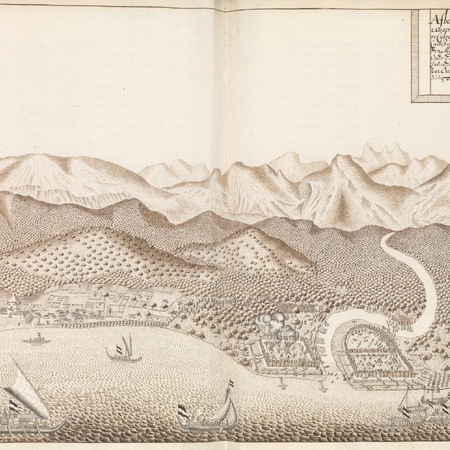
Attack at Kahouli River near Luhu, 29 July 1654
Nessel, Johannes (van)
-
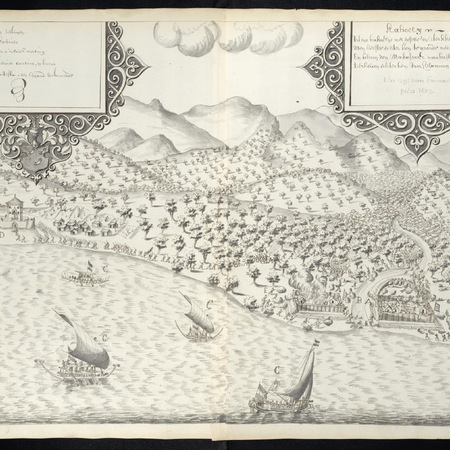
Attack at Kahouli river, Luhu, 29 July 1654
SvH / Nessel, Johannes (van)
-
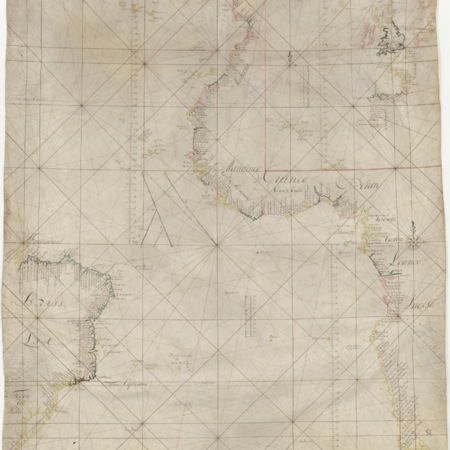
Map of the Atlantic Ocean
Blaeu Jr., Joan
-
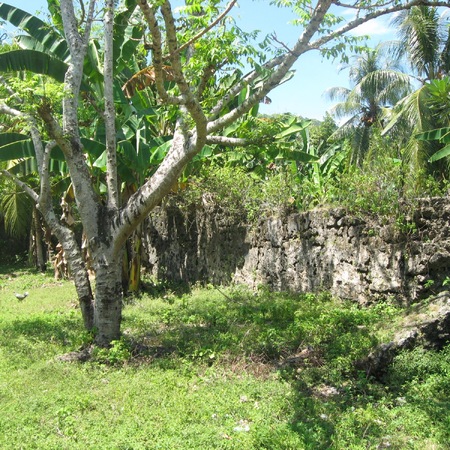
Walls fort Overburg
Mansyur, Syahruddin
-
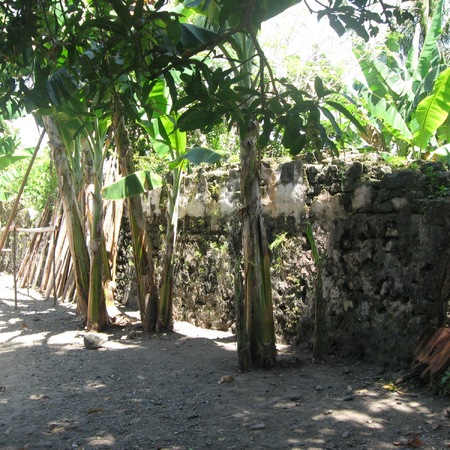
Walls of fort Overburg
Mansyur, Syahruddin
-
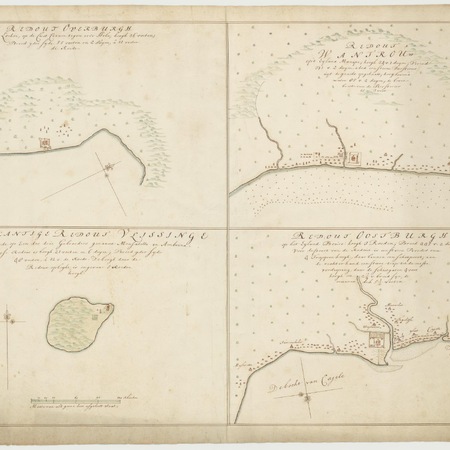
Floor plans of the redoubts at Loehoe, Manipa, Bouroe and the Drie Gebroeders
Graaff, Isaac de
-
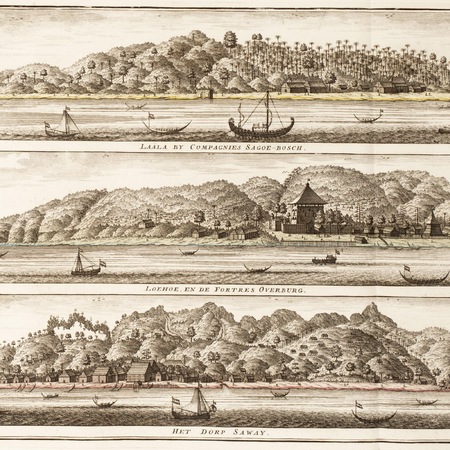
Three perspectives on the islands of Seram and Ambon
Ottens, Frederik